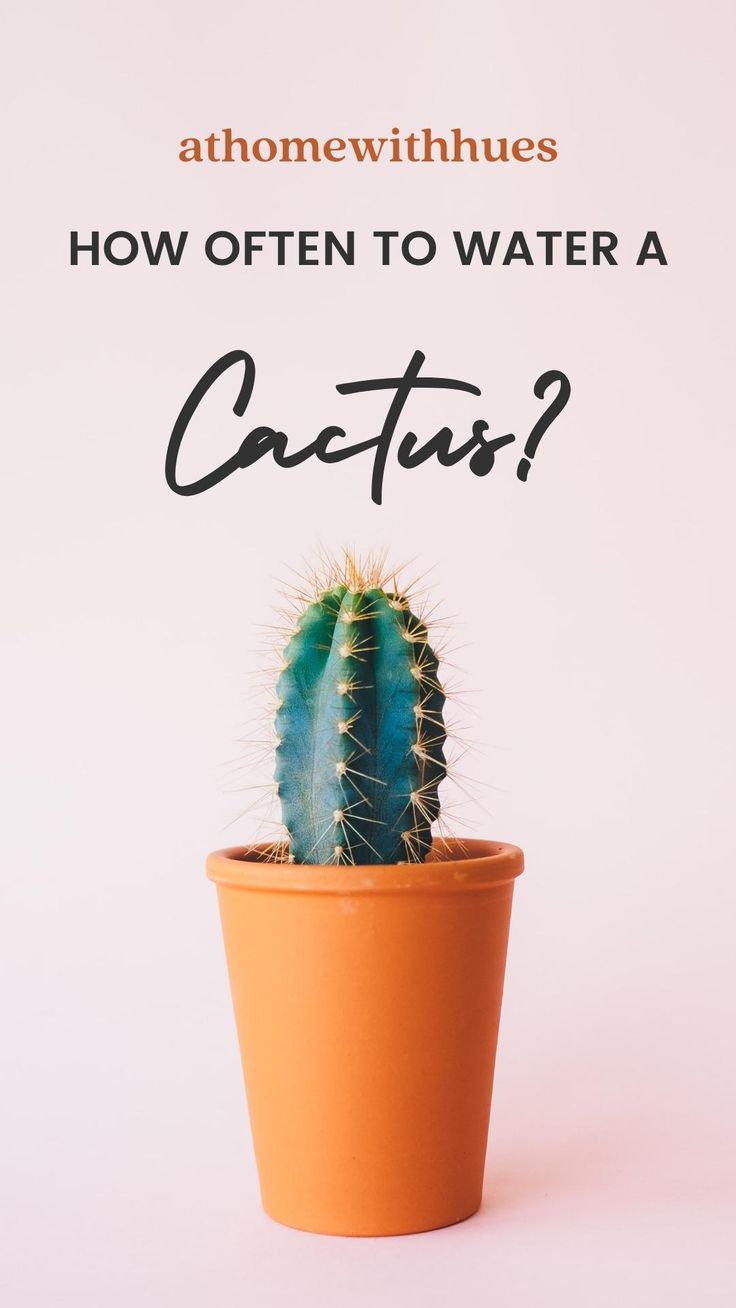Understanding the watering needs of cacti is essential for maintaining their health and longevity. These unique plants have adapted to arid environments, which directly influences how often they require watering. What might be surprising is that while cacti can survive in low moisture conditions, they still need proper hydration to thrive.
When assessing how frequently to water your cactus, several factors come into play, including the type of cactus, the season, and environmental conditions. Proper drainage and potting techniques also heavily affect moisture retention, thus impacting your watering schedule.
Below, we will delve into the nuances of cactus watering requirements to help you develop an effective care routine tailored to your specific plant.
Understanding the Unique Needs of Cacti
Cacti are primarily native to regions with low rainfall where they have evolved unique adaptations. Many species have thick, fleshy stems that store water, enabling them to endure prolonged dry periods. Their spines are not just for aesthetics; they provide shade and reduce water loss through evaporation. When you think of a cactus, it is easy to assume they need minimal water. However, their watering needs can be quite distinct, depending on several intrinsic factors.
Different Species, Different Needs
There is a plethora of cactus species, each exhibiting varying characteristics and requirements. For example, the Saguaro cactus, renowned for its tall stature, thrives in the scorching Sonoran Desert and typically requires more water than smaller, desert-dwelling varieties like the prickly pear or the barrel cactus. The former can often need watering once a week during the hot months, whereas the latter may only need it every few weeks.
Understanding the specific needs of the species you own is crucial. Consult care guides specific to your cactus type to ensure your watering regimen aligns with its natural habitat. Factors such as age and size also play a significant role; younger and smaller cacti generally consume less moisture than larger, more established ones.
It’s also essential to differentiate between the dormant season and active growth period, as these times dictate various watering frequencies.
Seasonal Considerations: The Role of Climate
The season can greatly affect how often you should water your cactus. During the spring and summer months, cacti are typically in their growth phase and require more frequent watering. As temperatures rise and the daylight hours extend, plants will generally utilize their water reserves faster. This is especially true in regions that endure sweltering heat, where evaporation rates soar.
Conversely, as autumn approaches and gives way to the winter season, most cacti enter a state of dormancy. During this time, they expend less energy and utilize their water reserves sparingly. As a rule of thumb, you should reduce watering frequency during dormancy to every month or so, allowing the soil to dry out completely between watering sessions.
Recognizing Signs of Dehydration
Managing moisture levels in cacti can be tricky, as their hardiness often disguises signs of distress. A well-hydrated cactus should exhibit vibrant color, plump stems, and a firm structure. If you’re noticing shriveled or discolored stems, your cactus may be parched and in need of attention. Additionally, if the stems appear soft or mushy, overwatering might be the issue, indicating root rot. Keeping an observant eye will help ensure you give your cactus the right amount of water it needs.
Watering Techniques: Best Practices
Adopting the right watering practices is fundamental for any cactus caretaker. Utilizing a pot with adequate drainage holes is paramount, as it allows excess water to escape, preventing root rot. Opting for potting soil specifically designed for cacti or succulent plants is advantageous, as standard potting mixes tend to retain too much moisture.
When it comes to the actual watering method, thoroughly soaking the soil until water drains from the bottom is typically recommended. Ensure not to let the plant sit in pooled water, as this can lead to detrimental conditions for root health. It’s wise to use room temperature water, as frigid water might shock your plant’s system, while hot water can damage its roots.
Water Quality Matters
The quality of water used for watering your cactus can significantly influence its health. Cacti are sensitive to salts and chemicals found in tap water. If your local water supply contains high levels of chlorine or fluoride, consider using distilled or rainwater. This will help to keep your plant thriving and vibrant.
In conclusion, creating an effective watering schedule for your cactus requires understanding the specific needs of the species, recognizing seasonal changes, and employing best practices for watering. By following these guidelines, you can cultivate a healthy cactus that not only survives but flourishes in your home. Remember, the right balance of hydration is key to ensuring your cactus thrives for years to come.





Leave a Comment